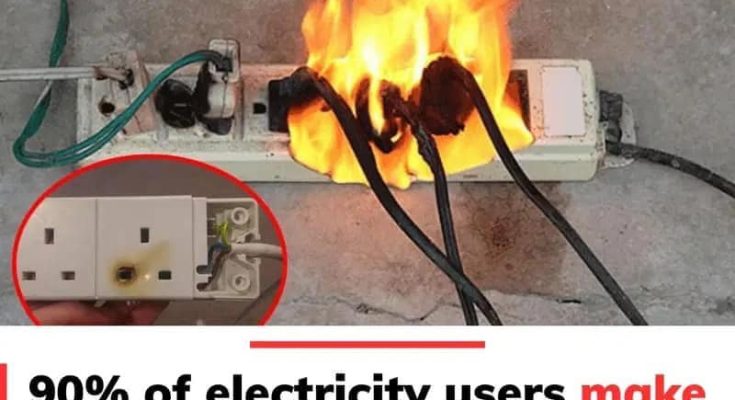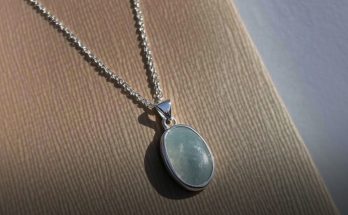These days, it’s hard to imagine life without electricity and frankly speaking, no home is designed with enough wall sockets for all the electrical appliances. That’s the reason why we need extension cords to expand the capacity of our home’s electrical system, turning one plug into six or more.
However, there are some very important electrical safety rules when you extension cords that we still innocently violate every day. Let’s check them out!
1. Plug one extension cord into another
Sometimes an extension cord isn’t long enough, or we need more plugs, so we often “chain” several extension cords together by plugging one into another. In short – never do it!
This is not just a violation of safety rules in theory, but it can cause one or more outlets to fail or even catch fire in practice.
2. Using an indoor extension cord outdoors
Not all extension cords are specifically designed for outdoor use, unless their packaging clearly states that they are weather and water resistant. If you have a very common extension cord, keep it indoors and buy a more rugged one that you can safely use.
3. Weak sockets but full of loads

Every extension socket has a load limit. It means that it can only handle a certain amount of power at any one time. When an extension socket is overloaded, it can melt, damaging your home and surrounding appliances as well as creating a fire hazard.
If you are concerned that your extension socket is at risk of being overloaded, calculate the total power of everything you will be plugging into it, or consider buying an extension socket with a separate switch for each plug.
4. Covering the extension socket with something else
When electricity flows through the wire, the electrons generate heat. While normally this isn’t a big deal, if your extension cord is hidden under a rug or in a confined space, it could pose a fire hazard.
Additionally, if you accidentally step on it, you could damage not only the cord itself but also the appliances plugged into it, and you could also get an electric sh0ck.
5. Plugging Beauty Tools Into the Same Extension Socket
Curling irons, straighteners, hair dryers, and other beauty tools all generate heat and use a lot of electricity (high amperage) to generate that heat. Regular extension sockets are not designed to handle this kind of high-current intensity, so it’s advisable to plug these beauty tools into a wall outlet protected by a ground fault circuit interrupter (GFCI).



